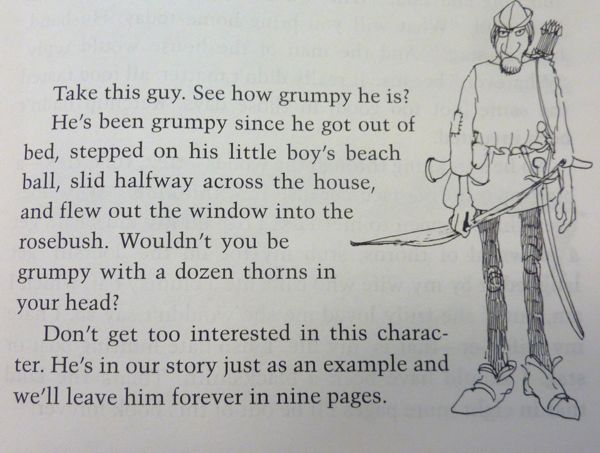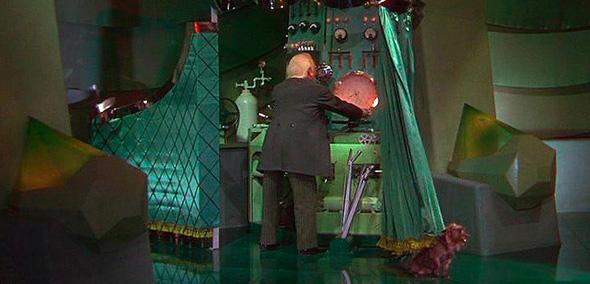Ahem. I’m cheating a little folks. This is a repeat of something I wrote for Project Mayhem, but since the audience for that blog and this one are *mostly* different, I thought it was worth posting here. My apologies to the few people who belong to the intersecting set of both blogs!
 Samuel Taylor Coleridge coined the term “suspension of disbelief” in 1817, and it refers to a reader’s willingness to enjoy a fictional story as if the events are really occurring. It applies equally to realistic fiction and speculative fiction, although one might argue that introducing fantastic, magical, or science fiction elements in a believable way adds an extra challenge for the writer. (I’ll address that in Part 2 of this topic in a later post.)
Samuel Taylor Coleridge coined the term “suspension of disbelief” in 1817, and it refers to a reader’s willingness to enjoy a fictional story as if the events are really occurring. It applies equally to realistic fiction and speculative fiction, although one might argue that introducing fantastic, magical, or science fiction elements in a believable way adds an extra challenge for the writer. (I’ll address that in Part 2 of this topic in a later post.)
In all works of fiction, maintaining point of view is essential for suppressing the “disbelief” that pulls a reader out of the story. For instance, first person narratives should not break into long expository paragraphs where the only purpose is to convey information to the reader that the narrator already knows – and therefore has no reason to explain. Almost as bad are “As you, know, Bob …” dialogues in which characters tell each other information they both already know.
Third person narratives should not contain info dumps from the author that hijack the story – unless that’s the intention, such as in The Series of Unfortunate Events, where the narrator “Lemony Snicket” is as much a character as any other in the book. His repeated interruptions to define a word for the reader or moralize about the behavior of a character are part of the charm and humor in these books. Likewise, in A Barrel of Laughs, A Vale of Tears, Jules Feiffer writes as a self-aware story-teller, directly engages with the reader, and even complains about his characters not sticking to their planned roles. By contrast, unintentional info dumps and expository passages stand out to the reader as a clumsy means of conveying back story that should instead develop organically within the plot.
Head-hopping is another mistake that breaks suspension of disbelief and jars readers out of the book. An omniscient point of view should be carefully planned by an author, and the same goes for multiple points of view. When this is done correctly, the reader immediately picks up on the idea that we will know the thoughts of many characters – or that different passages will be seen through the eyes of various characters – and this becomes part of the suspension of disbelief. Head-hopping, on the other hand, is when we’ve been following Mary’s viewpoint for fifteen chapters and suddenly there’s a paragraph where we know what John is thinking about Mary. This never fails to derail me from my immersion in a story.
I was recently reading a YA science fiction book (which otherwise I enjoyed very much) when I was yanked out of my suspension of disbelief by a sentence revealing the inner thoughts of a new character when, up to this point — about 50% of the way into the book — we had only ever been given a close third person narration following the MC. There was just the one sentence, and then the narrative switched back to the MC and continued as before. Later in the book, a new chapter opened with POV narrative from this young man, and I realized the story was going to switch back and forth thereafter. O-kay … but I think there were better ways to prepare the reader for a new POV than plopping that lone sentence into a prior chapter.
To sum up, suspending the disbelief of the reader and providing immersion in the story requires a careful attention to point of view and presenting information through action, dialogue, and internal thoughts that always make sense in the context of the story and never in a way that calls the author out of hiding the way Toto pulled the curtain away from the Wizard.
By the way, we still have open spots for First Impressions in September. Any takers?


As in the majority of cases in writing fiction, showing not telling is the most effective way to breath life into a story. That’s the underlining feeling I get here from your discussion about ‘suspension of disbelief’. Makes total sense. I also find placing internal thoughts at specific intervals important. If it doesn’t feel natural, or as you mentioned come out of a character who’s been quiet for over half the book, then it will definitely interrupt the reader’s experience.
I recently got to re-edit my first book and found three places where I’d shifted between the two main characters without a break.
Those are fixed now!
It’s worth the second read 😉
Wow! This is the most thorough explanation of suspension of disbelief I’ve ever read. Bookmarking this post. Thanks, Dianne.
It’s amazing how easy a sentence can slip into another POV with us writers even noticing it. That’s one reason readers are worth their weight in gold. (Love the grumpy man!)
Information dumps are the worst, and they’re always temptresses while writing that first draft!
You can cheat any time. I loved this post. Post it again.
It doesn’t take much to knock us out. Sometimes a spelling mistake will do for me. 🙂
Anna from Elements of Writing
Info dumps are my pet peeve. Takes me right out of the story.
Good advice for avoiding clunky, clumsy writing. A smooth delivery makes even an otherwise mundane story interesting.
I was at a writer’s conference this year where an editor warned about “head hopping”. This is one reason I like first person POV, although that’s not without its issues… Excellent post.
If a book is well-written, I’m probably more willing to suspend disbelief, but books riddled with errors in spelling and grammar, along with constant head-jumping and other similar infractions, don’t necessarily put the complete kibbosh on my ability to suspend it. Those things irritate me to no end, and slow my usual reading speed down considerably, but if the story itself remains strong, I’m willing to give the write the benefit of the doubt, and continue reading. Might think the writer is less than awesome, but in some cases, story overrides style. What WILL make it impossible for me to suspend disbelief is a story full of plotting holes, inconsistencies, and a failure to follow some form of logic.
Excellent post! You really explained what authors need to do and what they should stay away from in order to put readers in the right frame of mind. Great points!
I like this one. ^_^ I had to work out how to get a prologue’s worth of information into my book’s first chapter, since I wasn’t sure whether or not I wanted to have the prologue. Judging by what my beta readers have said, I managed to get the info across without infodumping, so I’m thrilled that it worked.
I’ve always wondered where the term “suspension of disbelief” originated from, and now I know!
I too am not usually big on reading long info dumps or expository passages, especially where there’s an overload of description of a setting. But when an author can pull it off well, I can go with it.